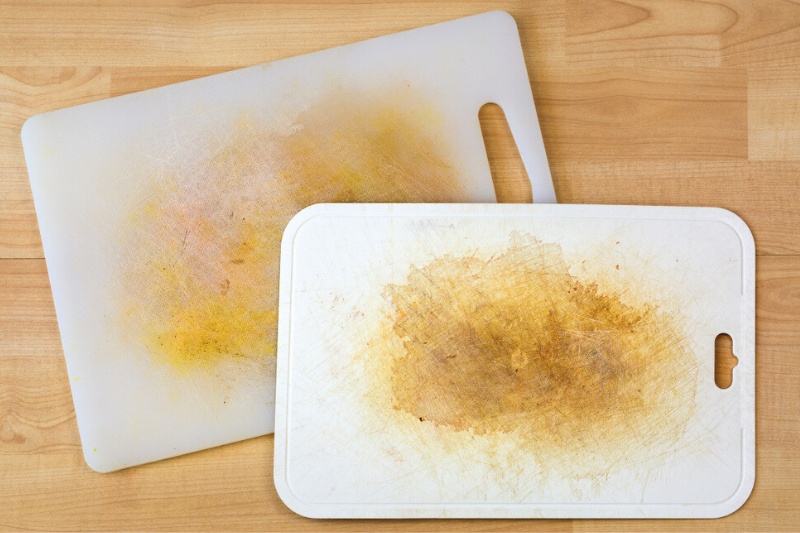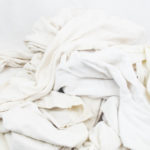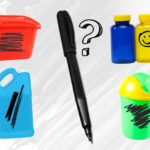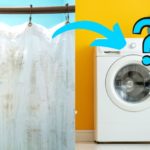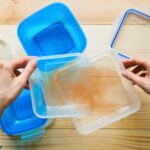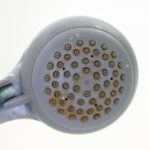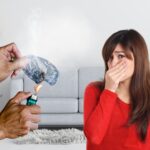Thanks to its sturdy, durable and long-lasting properties, plastic has become a staple in our homes. From Tupperware, to electronics cases, to kitchen utensils, to phone cases, plastic is everywhere.
Because it’s so prevalent, it can be exposed to conditions that lead to it turning yellow. But don’t throw out or replace your yellowed plastic items just yet.
Cleaning yellowed plastic is not only possible, but fairly easy. Read on to find out what you’ll need and how to restore your yellowed plastic items.
Why Does Plastic Turn Yellow?
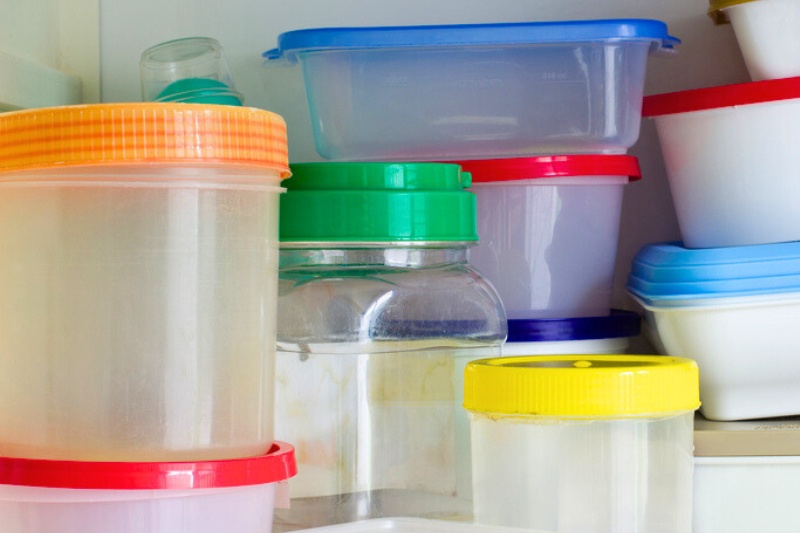
Plastic turns yellow because of a chemical reaction caused by exposure to UV light or oils in food. This reaction can take time, and doesn’t happen straight away.
Items that are constantly exposed to sunlight can be affected, but so can items that we only take out from time to time.
Items that are in contact with food such as Tupperware and plates or bowls can also develop yellow markings over time.
Can Yellowed Plastic Be Restored?
This yellow staining affects white, light-coloured and transparent plastic, which means that cleaners which have a whitening effect can be used to restore yellowing plastic.
The good news is that you probably have most of these items already at home. Cleaning yellowed plastic doesn’t need to be difficult or time-consuming and is, in fact, pretty simple.
Follow the steps in the next section, depending on the cleaning products you have on hand and the items you wish to clean.
How Do You Clean Yellowed Plastic?
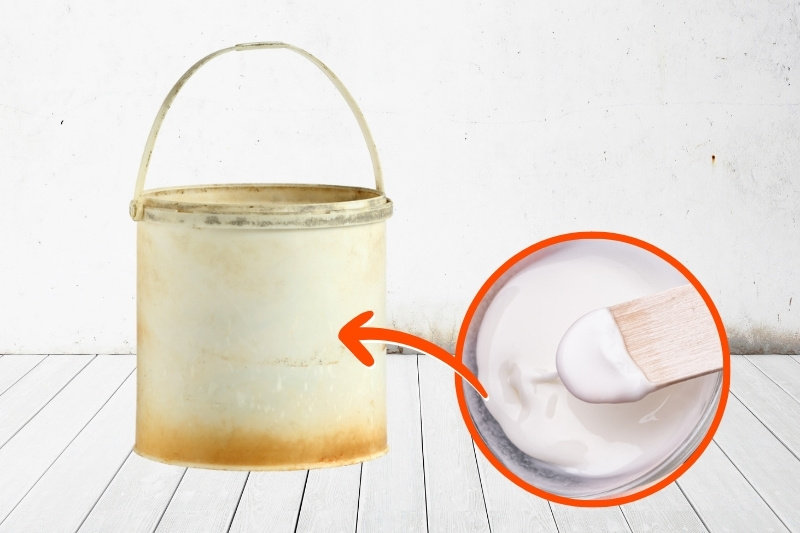
Bicarbonate of soda
If your item has a yellow stain, and isn’t yellow all over, you can use bicarbonate of soda to spot treat it.
- Mix one part bicarbonate of soda with two parts water. Add more bicarb if the mixture is too watery. It should have a paste consistency.
- Apply it to the yellow parts of the plastic, either with your hand or a paper towel.
- Rub the paste in circular motions on the yellow stain.
- Leave the paste to dry for around an hour, or sooner if the yellowing disappears.
- Rinse the item with soap and water.
Bleach
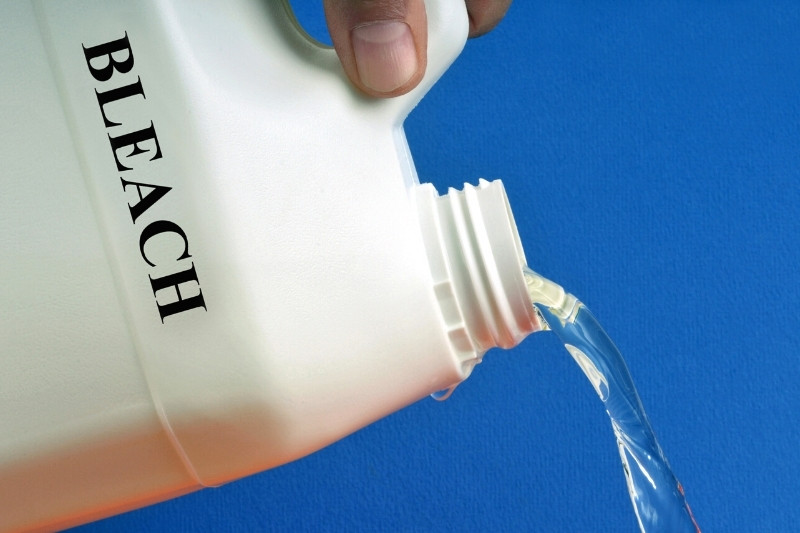
One of the more efficient cleaning solutions, many people prefer not to use bleach on items that come into contact with food or that children or pets may touch.
However, for items that don’t pose a risk, bleach can be an efficient way of removing yellow stains from plastic:
- Do a small spot test on your items before cleaning with bleach to make sure it doesn’t corrode the plastic. Be sure to always use gloves when handling bleach.
- Fill a bucket with one part bleach and one part water. Or mix as according to the packaging.
- Submerge the item in the mixture. If the item can’t be submerged, soak paper towels in the mixture and apply to the yellowed parts so they stick.
- Leave the item to soak for at least two hours or until the yellow stain looks to have disappeared.
- Remove the item from the bleach mixture and thoroughly rinse with soap and water.
White vinegar
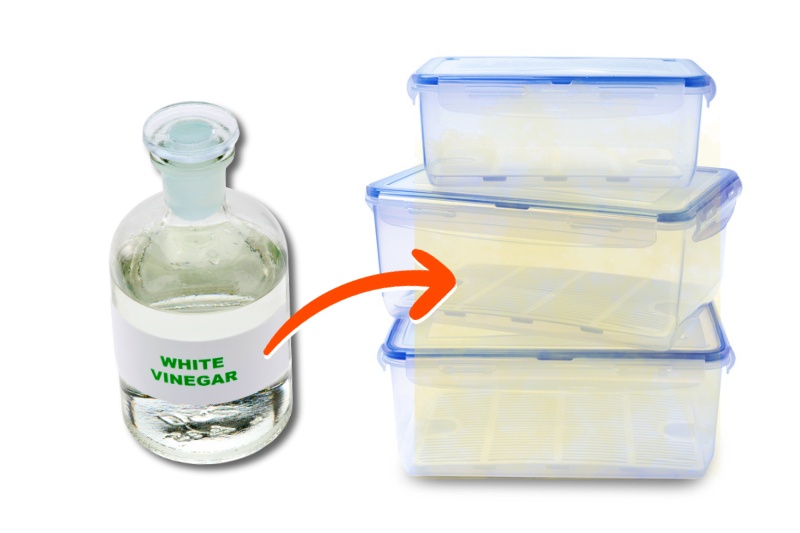
If you prefer not to use bleach, white vinegar is a great substitute.
- Mix one part vinegar with one part water.
- Either pour the mixture into the plastic item or submerge the item in the mixture.
- Leave the item to soak for a couple of hours.
- Wash the vinegar off with soap and water.
Rubbing alcohol
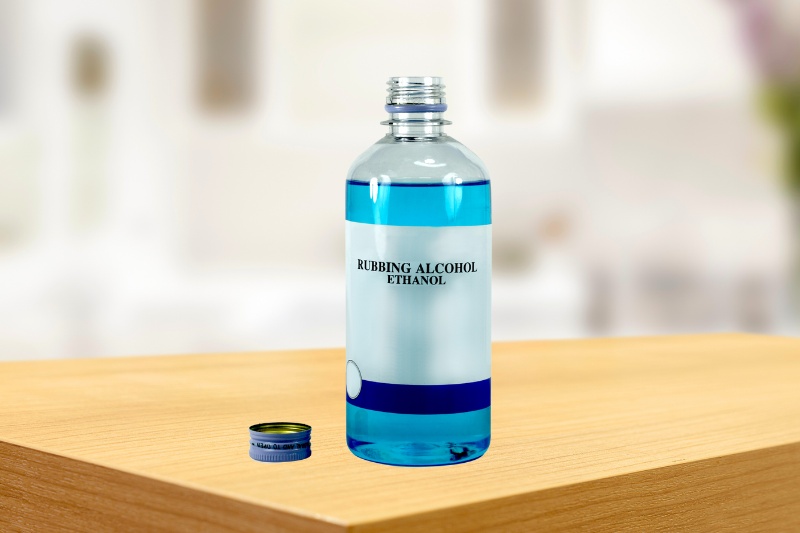
- Soak a cloth in rubbing alcohol.
- Wipe the yellow parts with the cloth in a circular motion.
- Rinse the item with soap and water.
If you don’t have rubbing alcohol, you can use hand sanitiser by applying it directly to the yellow parts with your hands or a cloth.
If one of these methods doesn’t work, try repeating it or try out a different method if you have the products on hand.


In The Wash is your guide to the best laundry and cleaning products, tips and tricks. Our mission is to solve the UK’s cleaning and laundry dilemmas!
